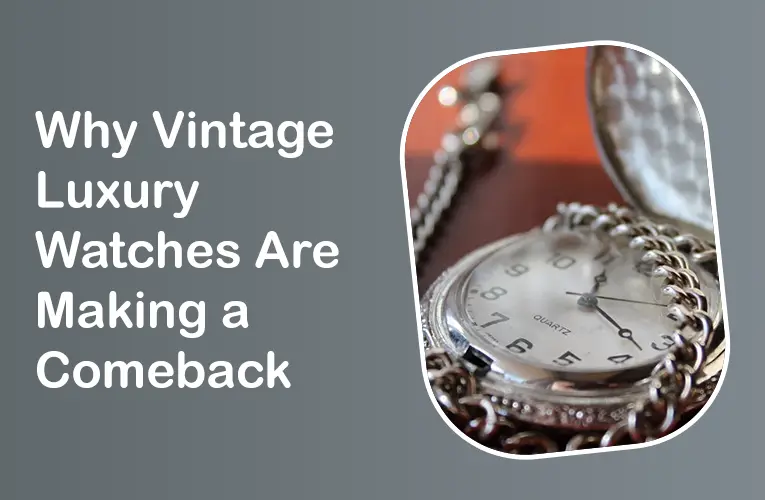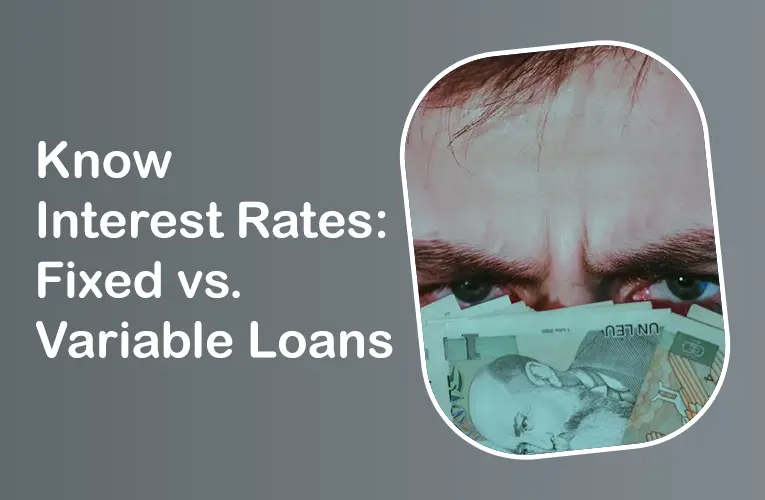Know Interest Rates: Fixed vs. Variable Loans 4
1. What Are Fixed and Variable Interest Rates?
Fixed Interest Rates
A fixed interest rate remains constant throughout the life of the loan. This means that your monthly payments will not change, regardless of fluctuations in the market interest rates. Fixed rates provide stability and predictability, making budgeting easier for borrowers.
Examples of Loans with Fixed Rates:
- Mortgages: 15-year and 30-year fixed-rate mortgages.
- Auto Loans: Standard car loans with fixed monthly payments.
- Personal Loans: Unsecured loans with consistent interest rates.
Variable Interest Rates
A variable interest rate, also known as an adjustable or floating rate, changes periodically based on market conditions. These rates are often tied to a benchmark interest rate, such as the LIBOR (London Interbank Offered Rate) or the Prime Rate. As the benchmark rate fluctuates, so does your interest rate and monthly payment.
Examples of Loans with Variable Rates:
- Adjustable-Rate Mortgages (ARMs): Home loans with rates that adjust periodically.
- Credit Cards: Interest rates on credit card balances can vary.
- Student Loans: Federal and private student loans may have variable rates.
2. Pros and Cons of Fixed Interest Rates
Pros
- Stability: Fixed rates offer predictability in monthly payments, which can simplify budgeting and financial planning.
- Protection Against Rate Increases: If market interest rates rise, your rate remains the same, potentially saving you money over the life of the loan.
- Long-Term Planning: Fixed rates are beneficial for long-term loans, such as mortgages, where you want to lock in a rate for the duration of the loan.
Cons
- Potentially Higher Initial Rates: Fixed rates are often higher than the initial rates of variable loans. This could mean higher monthly payments at the outset.
- Lack of Flexibility: If market rates drop, you won’t benefit from lower rates unless you refinance your loan.
- Less Attractive for Short-Term Loans: For short-term loans, the stability of a fixed rate may not be as advantageous, since the market rate changes may not have a significant impact over a shorter period.
3. Pros and Cons of Variable Interest Rates
Pros
- Lower Initial Rates: Variable rate loans often start with lower interest rates compared to fixed-rate loans. This can result in lower initial monthly payments.
- Potential for Lower Overall Cost: If market rates remain low or decrease, you might pay less in interest over the life of the loan compared to a fixed-rate loan.
- Potential for Savings: For loans with shorter terms, the benefits of a lower initial rate can outweigh the risks of rate increases.
Cons
- Payment Uncertainty: Monthly payments can fluctuate with changes in interest rates, which can make budgeting more challenging.
- Risk of Rate Increases: If market rates rise, your interest rate and payments can increase, potentially leading to higher overall costs.
- Complex Terms: Variable rate loans often come with terms and conditions that can be complex, such as caps on how much the rate can increase, which can be confusing.
4. Factors to Consider When Choosing Between Fixed and Variable Rates
Loan Term
- Short-Term Loans: For loans with shorter terms, such as a 5-year auto loan, a variable rate might be more beneficial due to the potential for lower rates and the limited impact of rate fluctuations.
- Long-Term Loans: For longer-term loans, such as a 30-year mortgage, a fixed rate might be preferable to avoid the risk of rising rates over time.
Market Conditions
- Rising Rates: If interest rates are expected to rise, locking in a fixed rate can protect you from future increases.
- Falling Rates: If rates are expected to decline or remain stable, a variable rate might be advantageous, particularly if you are comfortable with some level of payment fluctuation.
Financial Stability
- Budgeting Preferences: If you prefer stable monthly payments for easier budgeting, a fixed rate might be the better choice.
- Risk Tolerance: If you’re comfortable with some level of financial risk and are looking for potentially lower rates, a variable rate could be suitable.
Loan Type and Lender Offers
- Mortgage Loans: ARMs can be appealing for their lower initial rates, but it’s crucial to understand the terms and potential for rate adjustments.
- Credit Cards: Variable rates are common, but some cards offer introductory rates that can be attractive.
- Student Loans: Federal student loans typically offer fixed rates, but private loans might have variable rates with different terms.
5. How to Make the Right Choice
To determine whether a fixed or variable interest rate is best for you, consider the following steps:
- Evaluate Your Financial Situation: Assess your budget, income stability, and risk tolerance. If you value predictability, a fixed rate might be more suitable. If you can handle variability and are looking for lower initial costs, a variable rate could be advantageous.
- Research Current Market Rates: Understand current interest rates and trends. If rates are high and expected to rise, a fixed rate could be a safer choice. If rates are low or expected to decrease, a variable rate might be beneficial.
- Compare Loan Offers: Shop around for different loan products and compare both fixed and variable rate options. Look at the APR (Annual Percentage Rate), terms, and any potential fees associated with each loan.
- Consult a Financial Advisor: A financial advisor can provide personalized advice based on your specific financial situation and goals, helping you make an informed decision.
6. Conclusion
Choosing between a fixed and variable interest rate loan involves weighing the pros and cons of each option in the context of your financial goals and market conditions. Fixed rates offer stability and predictability, making them a good choice for long-term loans or if you prefer consistent payments. Variable rates, on the other hand, can offer lower initial rates and potential savings if you’re comfortable with some level of payment variability and market risk.
By carefully evaluating your financial situation, researching current market trends, and comparing loan offers, you can make an informed decision that aligns with your financial goals and risk tolerance. Whether you opt for a fixed or variable interest rate, understanding the key differences and considerations will help you manage your loan effectively and achieve your financial objectives.










